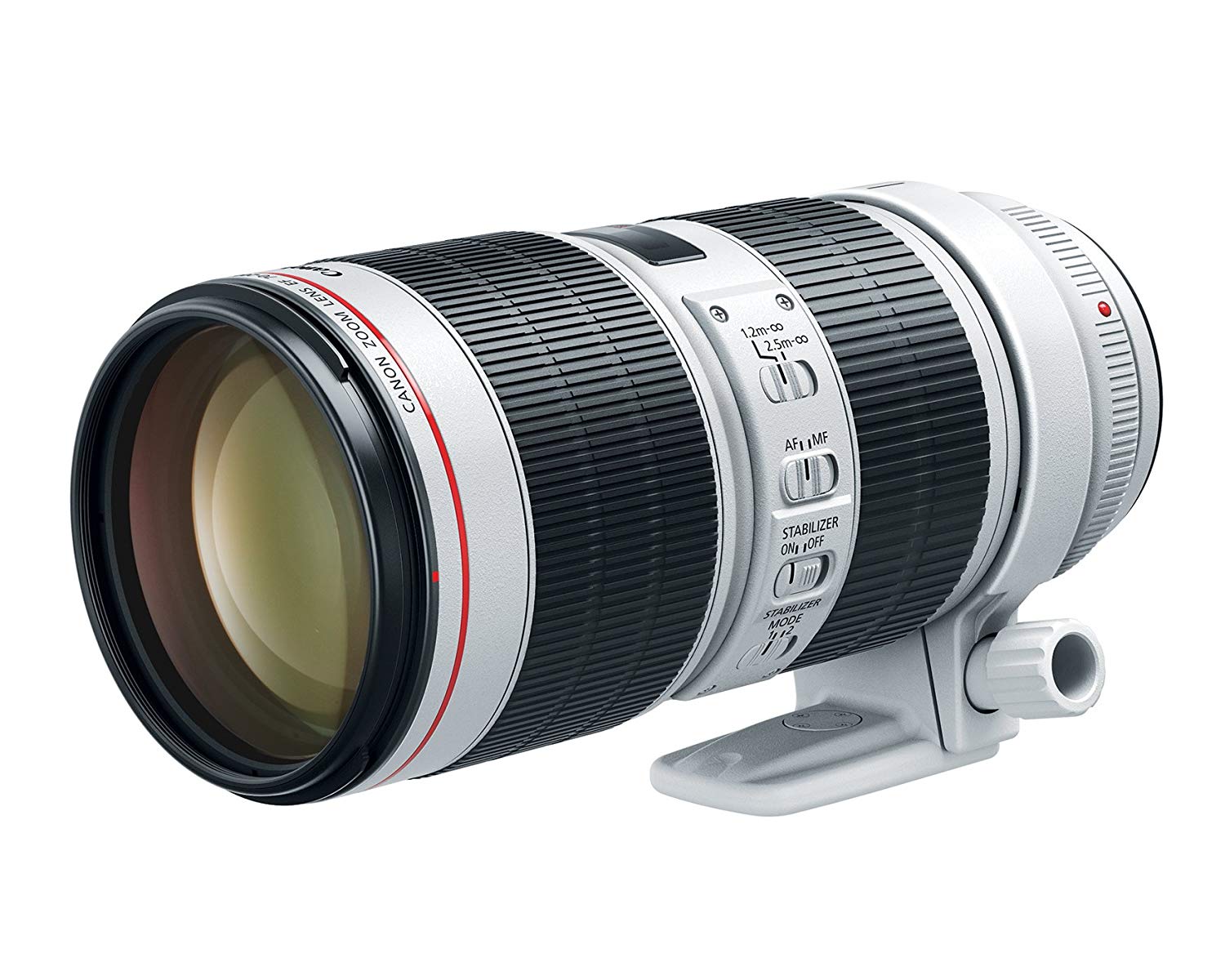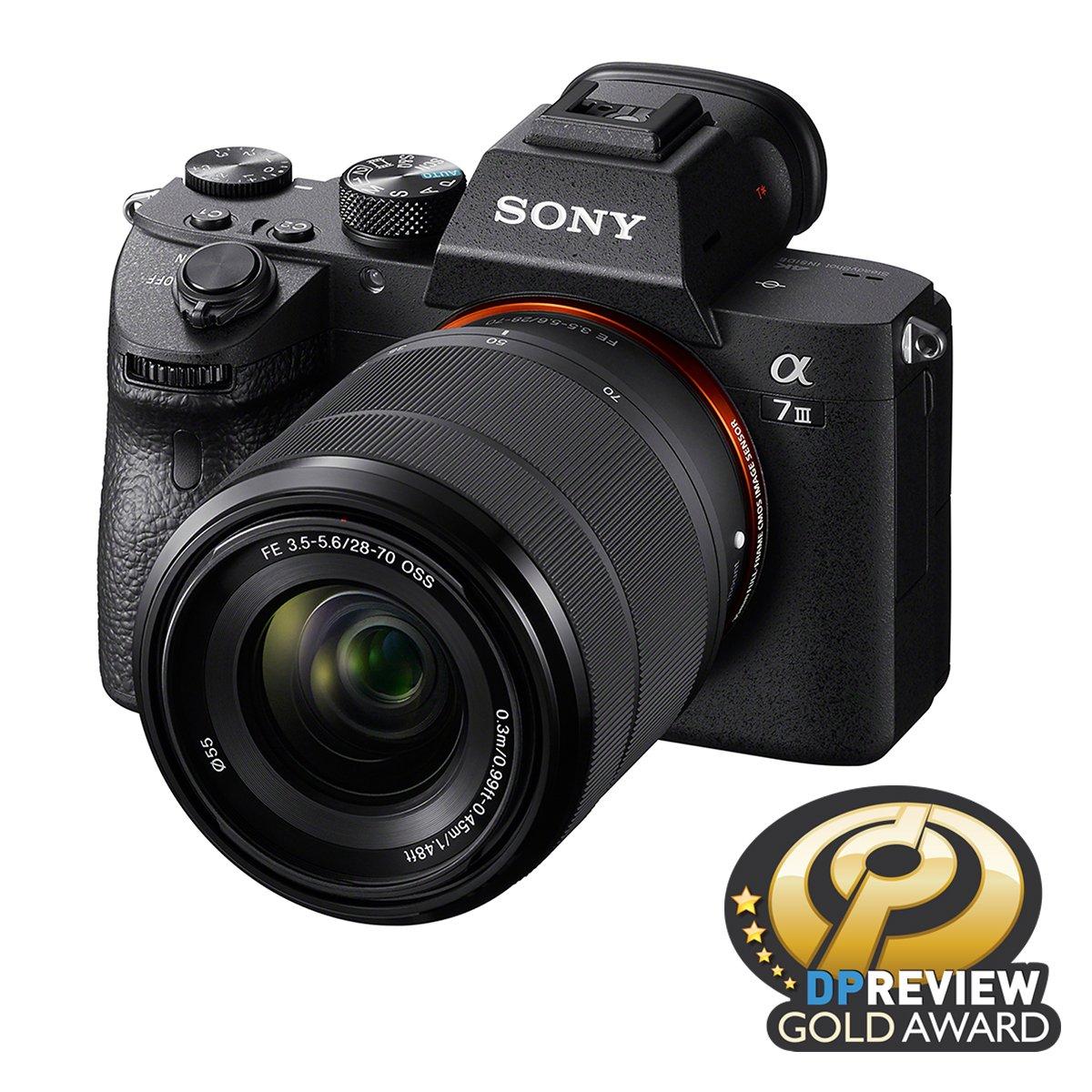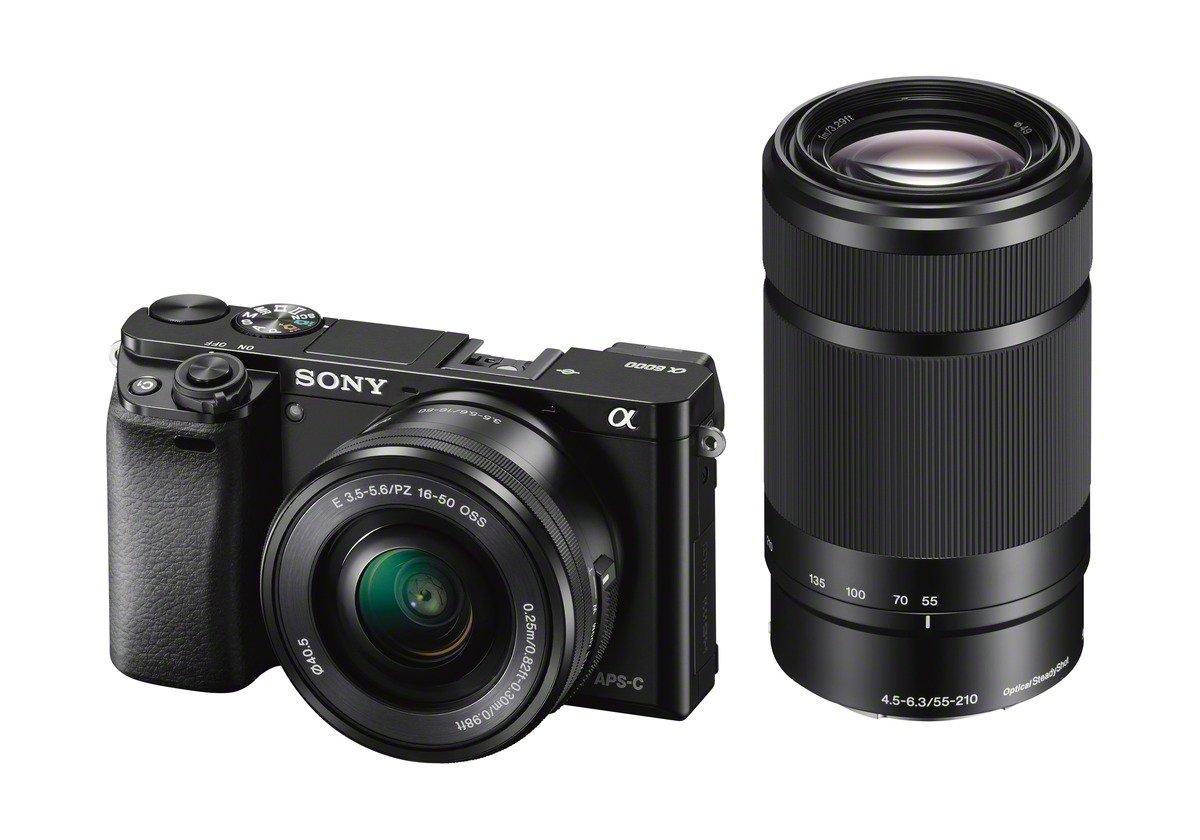canon eos 1d x mark ii
canon eos 1d x mark ii
As far back as the presentation of the Canon EOS-1 arrangement camera in 1989, I have made this body my primary bit of gear and have moved up to pretty much every new model as the decades progressed. I am not the sort who wants the 'best in class' gear however sometimes, another camera presentation can fill a hole in my hardware lineup. So when the EOS-1D X was declared, it is by all accounts the camera I am searching for so I put in my request and tensely sat tight for the conveyance. It's at last here and I have put it through some genuine world, natural life photograph shoots in Alaska and Canada utilizing the Lexar 1000X UDMA 7 memory cards to exploit the 12-14 fps burst rate. My audit won't have outlines and diagrams and this article won't cover all the camera's highlights, only the major new upgrades, and accept the peruser is as of now acquainted with the usefulness of the current 1D cameras. It is planned to assist those difficult with deciding whether to overhaul their present 1D bodies by sharing my impression of the new camera from the outlook of a natural life and travel picture taker out in the field. I will utilize the 1D MK IV as a source of the perspective point. The following are the significant highlights and functionalities of the new camera.
Standard EOS-1D X Features:
- Full Frame 18-megapixel CMOS picture sensor
- New mechanical screen evaluated up to 400,000 cycles because of carbon fiber sharp edges and new drive engine
- Double DIGIC 5+ imaging processors
- second Gen EOS Integrated Cleaning System
- Third DIGIC 4 processor for RGB Metering
- 100,000 Pixel RGB metering sensor
- Affectability settings from ISO 100 - 51,200; extension accessible with Low (50), Hi 1 (102,400) and Hi 2 (204,800)
Progressed new 61-point High-Density Reticular Phase Detection AF framework with 21 cross-type centering focuses on the focal point of the casing; 5 of which are corner to corner cross-type sensors for littler gaps
- New insightful EOS iTR AF Tracking and Recognition choices
- Burst taking shots at 12fps with AF (JPEG and RAW), or up to 14fps with no AF (JPEG as it were)
- Full 1080p HD video with new ALL-I and IPB pressure design alternatives
- Programmed video record parting when 4GB is come to; video continues rolling, while new documents are made
- 2-inch wide LCD with 1,040,000 dabs
- Subject Recognition framework (AF, Exposure, Auto Lighting Control, Auto Picture Style)
- Optical Correction capacities for fringe enlightenment, Distortion rectification, and CA amendment
- Upgraded insightful OVF with 100% casing coverage,.76x amplification, 20mm eye-point, and extended ISO pointer; presently 5 digits
- Worked in USB 3.0 and gigabit Ethernet ports
- New WFT-E6 Wi-Fi unit (802.11 a/b/g/n)
- New GP-E1 GPS unit
- Double CF (Compact Flash) card spaces
- Li-particle battery pack
Following past EOS-1 arrangement cameras, the 1D-X is intended for use in brutal conditions. The camera is somewhat taller, the ergonomics is the equivalent and holds the residue and trickle evidence development of the Mark IV, utilizing a sum of 76 seals around catches and body joints to assist keep with watering and residue out. At the point when joined with Canon L-arrangement EF focal points, the whole bundle is fixed and climate-safe. The Magnesium combination body shell faces rock solid expert use. There is another charger (LC-E4N) and all the more dominant battery (LP-E4N) however the LP-E4 battery of the MK IV and the new battery are forward and in reverse good yet the chargers are definitely not. The 1D-X has a back LCD screen that is somewhat bigger and crisper than the MK IV and highlights an inherent RJ-45 connector for cabling legitimately to a LAN arrange. This is like the connector found on the Mark IV, yet it is a Gigabit Ethernet port, permitting quicker information move. The shade sturdiness is presently appraised at 400,000 cycles. There is an inner blunder log, which tracks all camera mistakes, including the quantity of screen discharge cycles.
One of my essential concerns, when I go on a photograph shoot, is weight and central length. There is an immediate connection between's the two. The more drawn out the focal point, the heavier the hardware. I am a natural life and travel picture taker and typically want to travel with as little luggage as possible, with 2 or 3 camera bodies - 1Ds MK III, 1D MK IV, and 7D. With the 1D-X and 1D MK IV in addition to the Series III extenders, I would now be able to get full and edited casing shots with a central length of 16-1000mm utilizing the 400mm f/4L DO focal point. Together with the 16-35mm f/2.8L II and the 70-200mm f/2.8L IS II or the 70-300mm f/4-5.6L IS or the 100-400mm f/4.5-5.6L IS focal points, most natural life, and travel shots can be handled in addition to the whole expert bundle fits in my medium measured Tamrac pack and I can convey it throughout the day without crushing my spirit. Be that as it may, when the Canon EF 200-400mm f/4 + 1.4X extender focal point turns out in the not so distant future, I should go convey the bigger and heavier Tamrac Expedition 8X pack to oblige the new focal point.
After utilizing such a large number of Canon camera models, I am not fascinated by specialized and showcasing publicity. The main thing I needed to test is Canon's case that the 1D-X's expanded handling power joined with the upgrades in sensor configuration, has allowed an expansion in high ISO execution with an addition of two stops over the Mark IV in the typical range (ISO 100 to 51,200) preceding ISO extension. What's more, with the double Digic 5+ processors, in contrast to the Mark IV, setting High ISO clamor decrease to 'Solid' won't lessen the number of nonstop shots that can be caught in a burst, up to 14fps and 10fps with ISO 32,000 or higher. For most activity picture takers, the sensible number is extremely 12 fps since the 14 fps requires the mirror lockup. This is significant because when I photo speeding Hummingbirds and rupturing Whales in poor light, shooting with the MK IV at ISO 3200+ and an f/2.8 focal point produces pictures with the unsatisfactory noise level to me. If the 1D-X can take shots at high ISO settings without a quick focal point and still delivers photographs with a decent commotion level, at that point the redesign will be beneficial for me.
The second guarantee I need to check is the recently structured 61 point AF framework can distinguish extraordinary defocus and right in like manner. With this expansion in AF affectability, the 1D-X would now be able to center in even lower light levels than the Mark IV. Utilizing a solitary focal AF point with an f/2.8 focal point, the 1D-X can center in EV - 2, equal to shooting under the light of the full moon. For a simpler menu route, all AF settings and Custom Functions on the 1D-X are presently gathered into one menu tab, offering 6 unique cases to look over. I discover a portion of the choices 'repetitive' and offer a distinction without a differentiation.
The new camera is an exceptionally intricate bit of apparatus and I have not aced it yet, however, I have utilized the capacity to change starting with one lot of settings then onto the next at the push of a catch. With natural life you never entirely know when the activity will occur, so you might be shooting with a moderate shade speed when you all of a sudden need a quick screen speed to solidify the movement. By utilizing the custom settings I can push one fasten and quickly change to an alternate arrangement of settings, with a quick shade speed and higher ISO. It's ideal for static subjects, yet may begin moving all of a sudden, and spares me looking down at the camera to change settings.
My early introduction to the 1D X's AF framework is generally excellent. The viewfinder is splendid and AF is lightning quick considerably under exceptionally low light conditions. I attempted to AF on a wide range of circumstances and the camera bolted on with little complaint. The high ISO execution is additionally very amazing, obviously superior to the MK IV. Clamor at ISO 3200 is brilliant, ISO 6400 and 12800 are very well under controlled. Indeed, even ISO 25600 isn't really awful yet I'll just utilize ISO 51200 out of a crisis. The burst pace of 12 fps is essentially what my ears were waiting to hear. One can't over-underscore the distinction of 2 extra fps can make. I have gotten shots with the EOS-1D MK IV (10 fps) that I missed with the EOS-7D (8 fps). Concerning the picture quality, there is not at all like shooting with the most recent EOS-1 camera outfitted with the most developed, full confined sensor.
On the irritating side of things, all past Canon cameras I have utilized accompanies the blue - and + catches to see various pictures during playback. With the 1D X, what used to make 2 strides on the MK IV to see different pictures (four) presently requires 7 stages. To hop from survey four pictures to nine pictures one after another? Indeed, you would prefer even not to know the number of steps included. Also, the EOS-1D X can't AF past f/5.6 gap. This is the main EOS-1 expert camera that has this restriction. I truly trust Canon will figure out how to cure this in a future firmware update.
I am as yet feeling my way through the EOS-1D X. When in doubt, I never utilize the Owner's manual with any new camera. I need to feel how well a bit of gear has been built and how natural it tends to be from the stance of the client. This new camera will take me somewhat longer to become accustomed to however I am fairly dazzled by it up until now. I am not into shooting recordings so I have no conclusion on that piece of the camera yet making a decision from my 7D and 1D MK IV's video execution, it ought to be excellent undoubtedly. We will go out on more photoshoots and post refreshes sooner rather than later.





0 comments